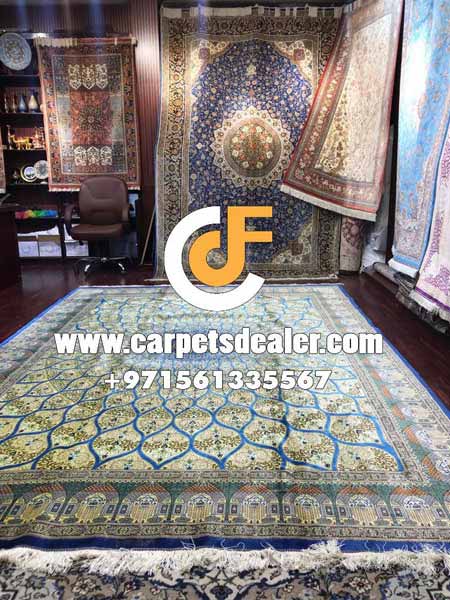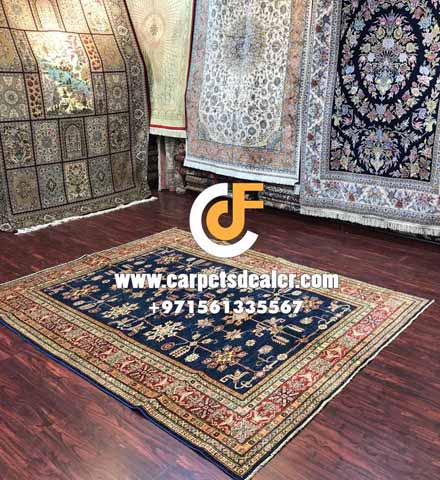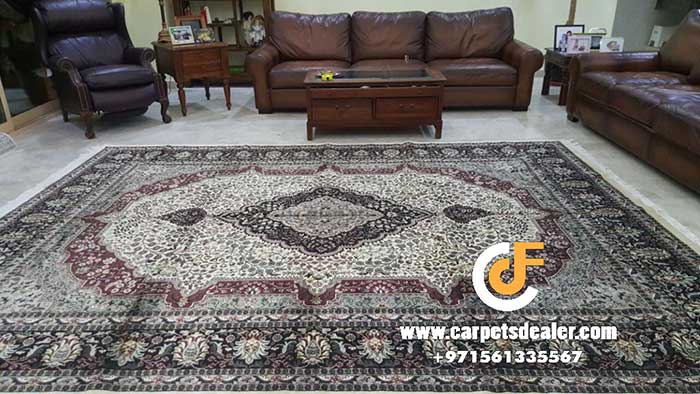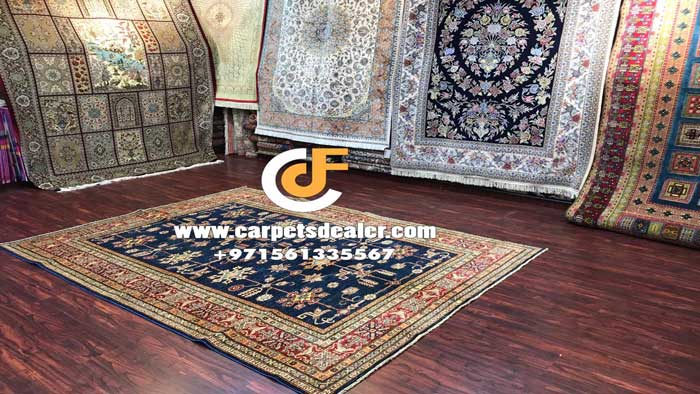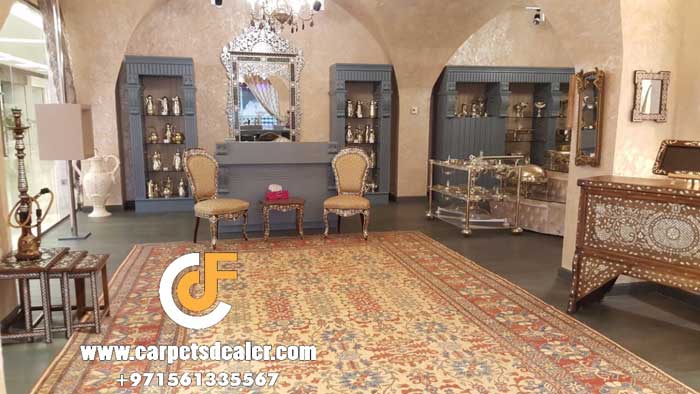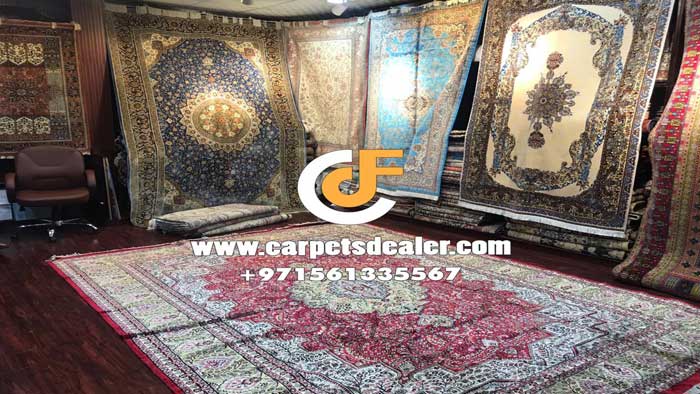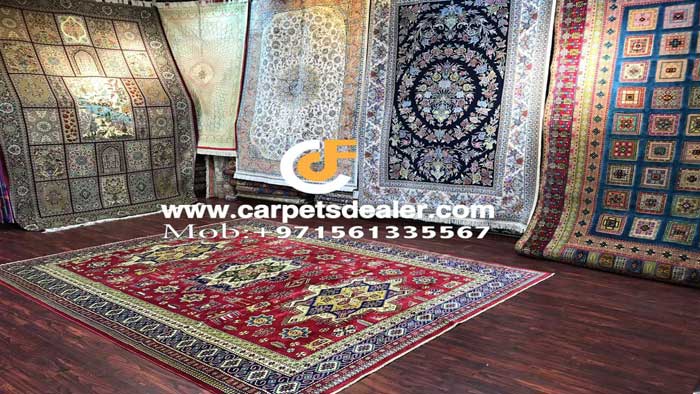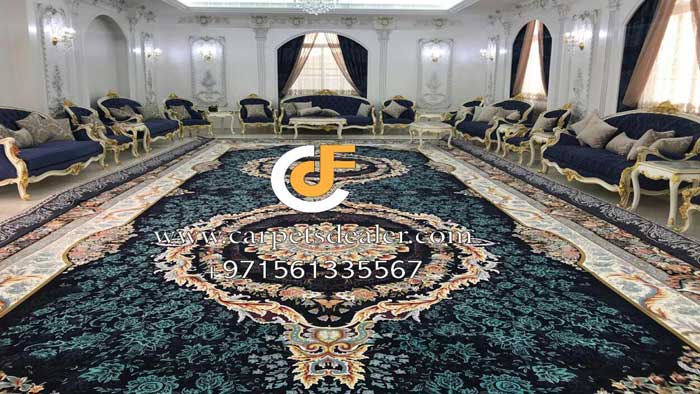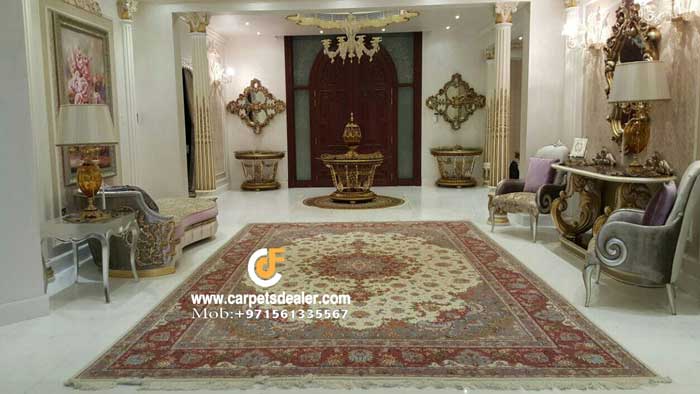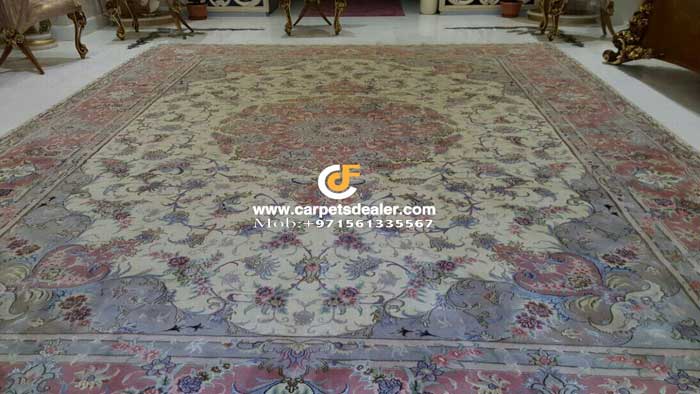In the 8th century A.D Azarbijan province was among the largest centers of carpet and rough carpet (zioo) weaving in Iran. The province of Tabarestan, besides paying taxes, sent 600 carpets to the courts of calphs in Baghdad every year. At that time, the main items exported from that region were carpets, and small carpets for saying prayers. Furthermore, the carpets of khorassan, Sistan and Bukhara, because of their prominent designs and motifs were on high demands among purchases.
During the reigns of the Seljuque, carpet weaving was still a booming business so much so much so that a mosque built by Ghazan Khan in Tabriz, northwestern Iran, was covered with superb Persian carpets. Sheep were specially bred to produce fine wool for weaving carpets. Carpet designs depicted by miniature paintings belongs to the Timurid era lend proof to the development of the this industry at that time. There is also another miniature painting of that time available which depicts the process of carpet weaving.
During that era dyeing centers were set up next to carpet weaving looms.
The carpets are woven in 1539-40 according to the dated in inscription. The foundation is of silk and the pile of wool with a knot density at 300-350 knots per square inch (470- 540.000 knots per square meters ). The size of the carpets are 34 ½ feet by 17 ½ feet 10,5 meters x 5,3 meters )
There is much variety among classical Persian carpets of the 16th and 17th century. There are numerous sub-regions that contribute distinctive design to Persian carpets of this period such as Tabriz and Lavar Kerman. Common motifs include scrolling vine networks, arabesques, palmettes, cloud bands, medallions, and overlapping geometric compartments rather than animals and humans. Figural designs are particularly popular in the Iranian Market and are not nearly as common in carpets exported to the west.




